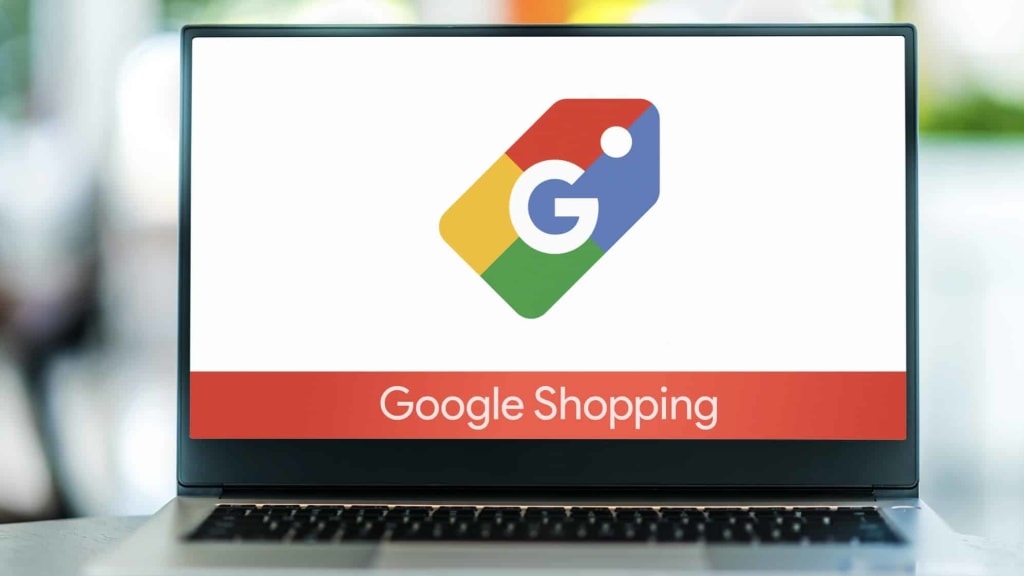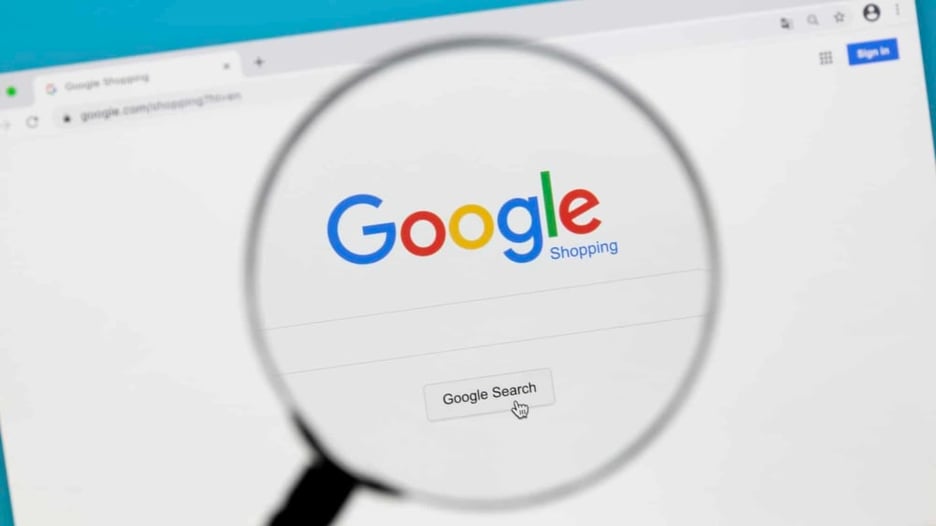Google Shopping: Mastering Ads For B2B Wholesalers

The world of search is dominated by Google. With 83.49% of the global desktop search market under its thumb, it's no wonder businesses are practically tripping over themselves to advertise on Google-centric platforms. The crown jewel among these services is Google Shopping. Acting as a virtual storefront, Google Shopping permits online retailers to display their products alongside user search results.
Ignore Google Shopping at your own risk, particularly if you're a B2B wholesaler. Sure, this PPC (Pay-Per-Click) service is often a B2C affair. But guess who else relies on Google while on the prowl for products? Businesses. This means Google Shopping thriving hotspot for your B2B advertisements.
To extract maximum juice from Google Shopping, you'll need to fine-tune various elements, like your data and strategy. Ready to hit the ground running? You're in the right spot. This blog post is your trusty roadmap to mastering Google Shopping.
What is Google Shopping?
Google Shopping is an extension of Google Ads, catering specifically to the e-commerce industry. This power-packed service helps blast businesses onto the map, seizing prime spots on search engine results pages (SERPs).
The platform allows you to create product listings and bid on relevant keywords to gain prime visibility on SERPs. Your ads will feature the product's image and price, your brand name, and any other relevant details.
Still on the fence about Google Shopping? Here are some other incredible stats that make leveraging Google Shopping a wise move for B2B wholesalers:
- A whopping 1.2 billion searches are conducted on Google Shopping each month.
- The average conversion rate for Google Shopping ads across all industries is 1.91%.
- When it comes to sealing the deal, Google Shopping campaigns leave traditional text ads in the dust, boasting 30% higher conversion rates.
But the charm of Google Shopping doesn’t stop at numbers. The image-centric nature of this ad service renders it exceptionally effective as a marketing strategy. When potential customers search for a product, and your ad pops up in the feed, they're more likely to click on it, thanks to the visual impact of an attention-grabbing image and a tempting price tag.
How can B2B wholesalers use Google Shopping?
As mentioned, this Google service was built for the B2C industry as it targets the general consumer market. But it's worth remembering that the B2B community also makes up part of the daily Google searches. As such, investing in Google Shopping can be beneficial to your business. But how?
- Lead generation
You can use this Google ads strategy to attract a group of prospective customers actively searching for products and services that you offer.
- Brand awareness
Google Shopping PPC service affords you immediate visibility. Once you opt in, your products will appear on SERPs based on your targeted keywords.
- Revenue generation
It's also one of the best techniques to drive revenue to your business. When an interested party clicks on your ad, the link takes them straight to the product checkout page, reducing unnecessary friction. With that, you can expect high conversion rates.
How to set up Google Shopping ads
Your achievements in all the aforementioned areas hinge, to a significant degree, on how you set up your shopping ads within the Google Merchant Center. To make sure you're on the right track, we will not only discuss the primary steps for setting up Google Shopping ads but also give you tips on optimising your campaign for improved performance.

Step 1: Set up a Google Merchant Center account
Google Merchant Center is a digital platform where you'll upload all your product data. Google will use the information you provide here to create listings that'll appear on SERPs. So, if you don't have an account here, you'll need to create one before going to the next step.
Step 2: Optimise your product images
High-quality product images are a must-have for you to attract potential B2B customers. According to a report, when businesses use high-quality product images, they get 94% more engagement than their competitors. Therefore, ensure all the images you've uploaded on your website are clear, well-lit, and focused on the products' details. They should meet Google's guidelines for size, format, and quality.
Step 3: Create your product feed
With the images ready to go, your next focus should be on specific product details. Input information such as title, description, price, and availability. Ensure that the data is accurate and up-to-date to avoid hurting your company's reputation.
Step 4: Link Google AdWords account
To run Google Shopping ads, you'll need to link your Google Merchant Center account with your Google Ads account. This integration allows you to create and manage Shopping campaigns.
Step 5: Create a Google Shopping campaign
In your Google Ads account, you can set up a Shopping campaign. Define your campaign settings, including the campaign name, budget, location targeting, and bidding strategy. Make sure to select "Shopping" as the campaign type.
Step 6: Place bids on your Shopping campaign
Bidding is crucial to determine how much you're willing to pay for clicks on your Shopping ads. Google offers various bidding strategies, such as manual CPC or automated bidding options. The choice of strategy depends on your goals and budget.
Step 7: Target and schedule your Shopping campaign
Targeting is essential to ensure that your B2B products reach the right audience. Specify your target audience by location, demographics, and other parameters that fit your business. Additionally, you can schedule when your ads will run to reach your audience at the most optimal times.
Step 8: Build ad groups
Think of ad groups as a way to organise your products based on specific attributes or categories, like a tidy virtual closet. This organisation method not only helps you manage your ads more efficiently but also allows you to optimise them more effectively.
Conclusion
Ready to seize the opportunities presented by Google's ever-expanding search traffic? Google Shopping is your best bet. This advertising tool allows you to show images and prices of what you're selling on the SERPs. You can use it to grow your revenue, generate more leads, and increase your internet visibility.
To get started, you'll need to create a Google Merchant Center account and then set up everything as discussed in the article. You may just find your wholesale business scaling heights you never imagined before!
TAGS: